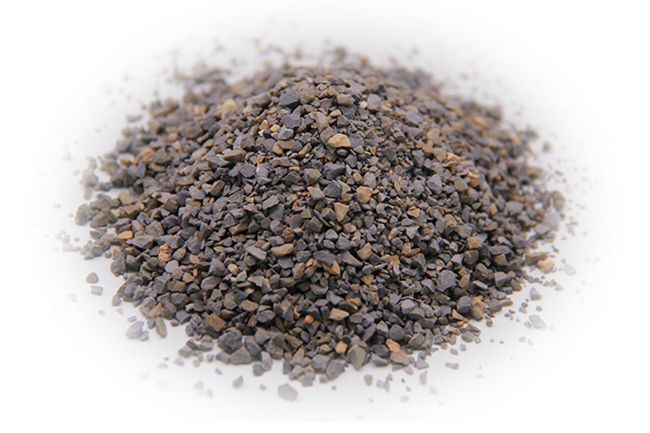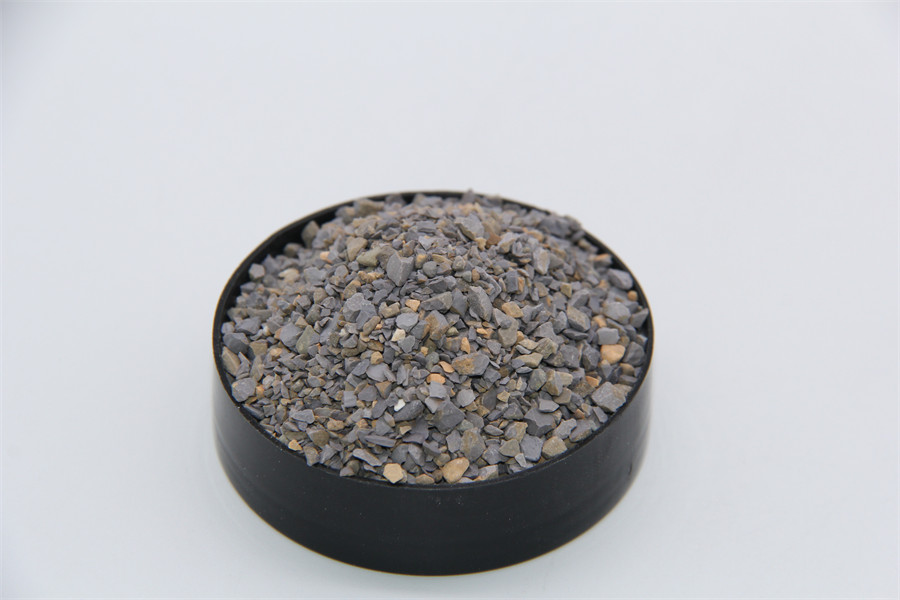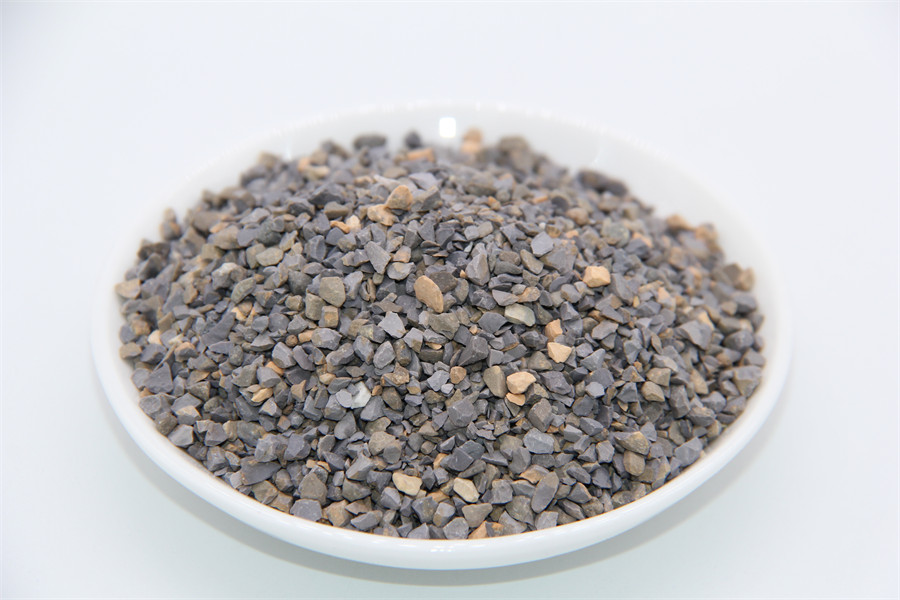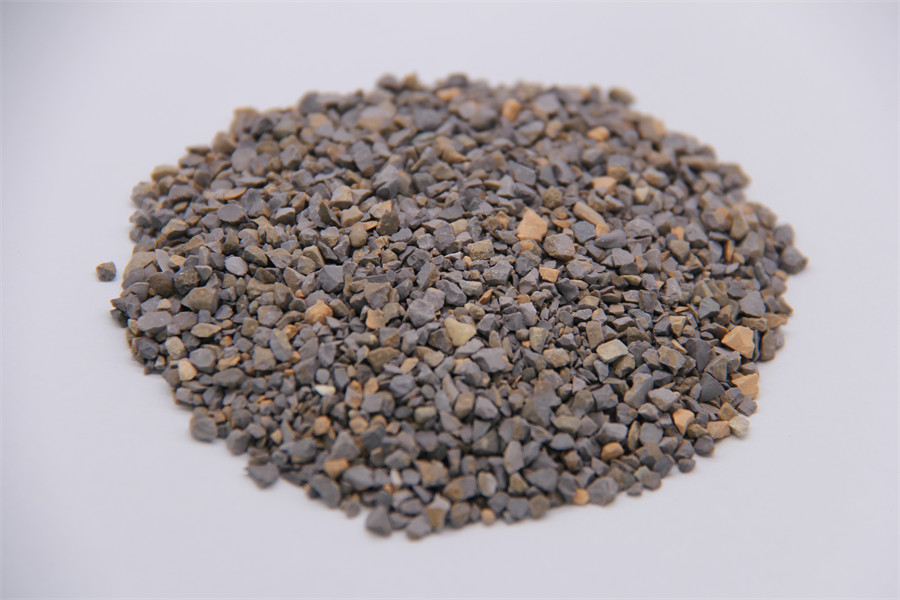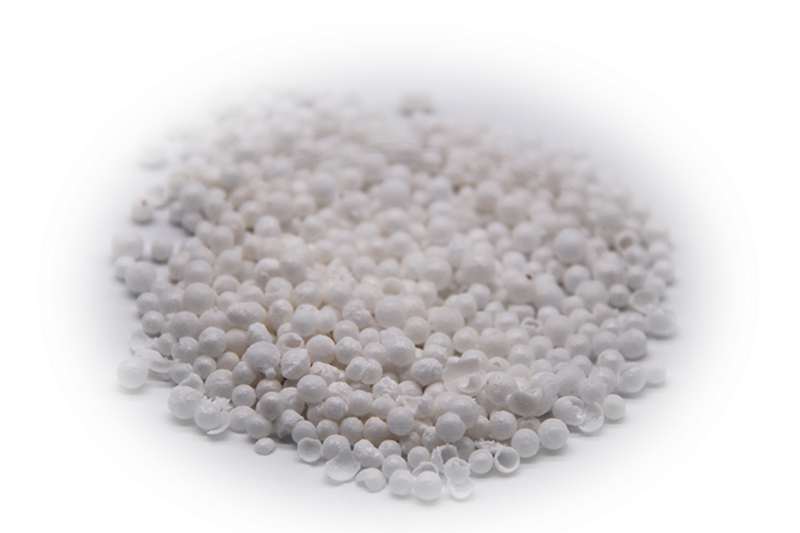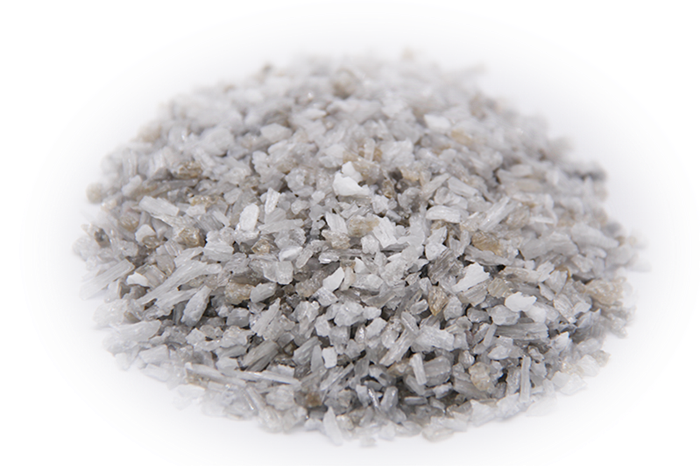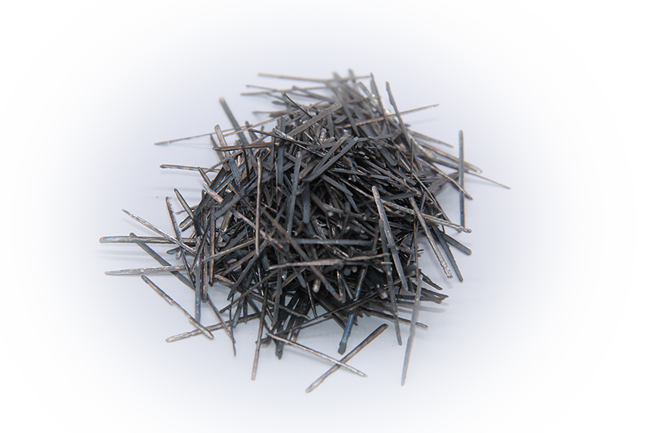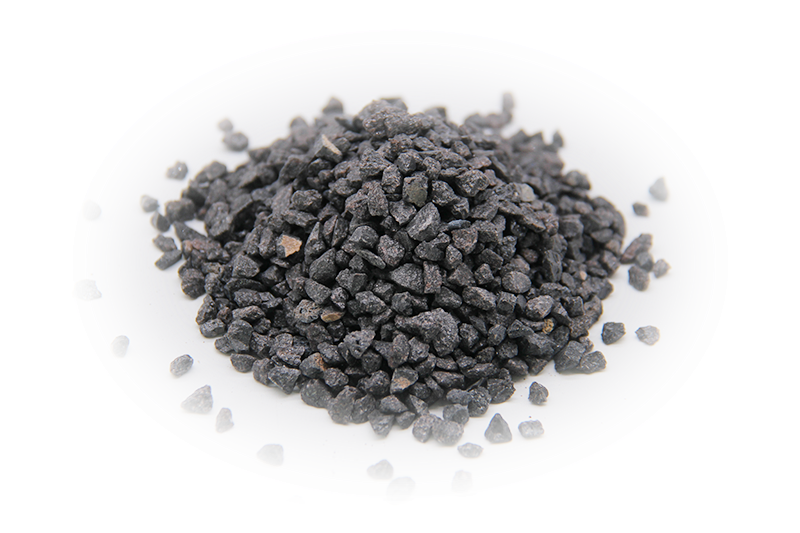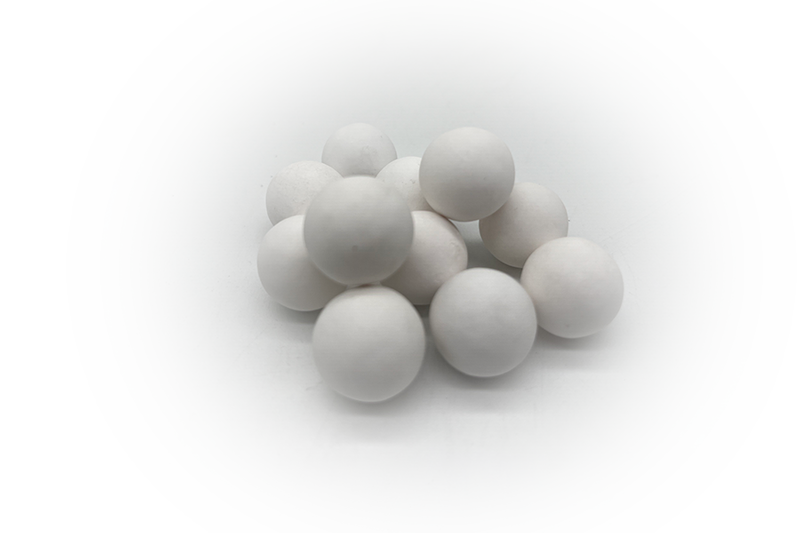Sintered Mullite And Fused Mullite Are Primarily Used For The Production Of Refractories And The Casting Of Steel And Titanium Alloys
- Sintered Mullite corundum chamotte
- Mullite
- Sintered Mullite70
Short Description
Chemical composition
|
Items |
Chemical composition (Mass fraction)/% |
Bulk density g/cm³ |
Apparent porosity % |
Refractoriness ℃ |
3Al2O3.2SiO2 Phase (Mass fraction)/% |
|||
|
Al₂O₃ |
TiO₂ |
Fe₂O₃ |
Na₂O+K₂O |
|||||
| SM75 |
73~77 |
≤0.5 |
≤0.5 |
≤0.2 |
≥2.90 |
≤3 |
180 |
≥90 |
|
SM70-1 |
69~73 |
≤0.5 |
≤0.5 |
≤0.2 |
≥2.85 |
≤3 |
180 |
≥90 |
|
SM70-2 |
67~72 |
≤3.5 |
≤1.5 |
≤0.4 |
≥2.75 |
≤5 |
180 |
≥85 |
|
SM60-1 |
57~62 |
≤0.5 |
≤0.5 |
≤0.5 |
≥2.65 |
≤5 |
180 |
≥80 |
|
SM60-2 |
57~62 |
≤3.0 |
≤1.5 |
≤1.5 |
≥2.65 |
≤5 |
180 |
≥75 |
S-Sintered; M-Mullite; -1: level 1
Samples: SM70-1, Sintered Mullite, Al₂O₃:70%; Grade 1 product
Although mullite exists as a natural mineral, occurrences in nature are extremely rare.
The industry relies on synthetic mullites which are achieved by melting or ‘calcining’ various alumino-silicates such as kaolin, clays, rarely andalusite or fine silica and alumina to high temperatures.
One of the best natural sources of mullite is kaolin (as kaolinic clays). It is ideal for the production of refractories such as fired or unfired bricks, castables and plastic mixes.
Sintered mullite and fused mullite are primarily used for the production of refractories and the casting of steel and titanium alloys.
Physical properties
• Good creep resistance
• Low thermal expansion
• Low thermal conductivity
• Good chemical stability
• Excellent thermo-mechanical stability
• Excellent thermal shock resistance
• Low porosity
• Comparatively lightweight
• Oxidation resistance





